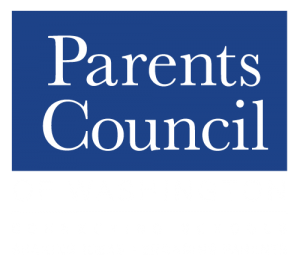NEUROSCIENCE IS INFORMING AND CHANGING EDUCATION
The Lab School of Washington
One of the greatest challenges for a head of school is to anticipate which of the advances in neuroscience, technology, psychology and cognitive sciences will transform the way we structure our schools, train our teachers, and educate our students. Embedded in a society that is absorbing the impact of tremendous advances in these fields, we are constantly reassessing our beliefs about learning. In the last few years, two closely related principles have dominated my thinking about how to create schools that truly foster our students’ potential for learning: our brain is more “plastic” and responsive to our environment than previously understood; and our intelligence is not “fixed.”
Neuroscience is informing education in ways that are dramatically changing the way teachers understand the potential of their students. Previous to the 1990’s scientists believed that our brains were constantly making new connections among our neurons; however, they did not believe that we could generate new brain cells after an early point in our development. In the late 1990’s, the theories on brain development were turned upside down when neuroscientists confirmed that our brains can generate new neurons well into late adulthood. This significant finding in neuroscience research led to a new appreciation for the term neuroplasticity: the ability of our brains to generate neurons and connections in response to influences in its environment. Educators were called upon to take a closer look at their practices and climates for learning. Some of the influential factors such as enrichment were already part of our belief system while the effect of other factors such as positive emotional relationships had not been given our fullest attention.
Informed about the relationship between neuroplasticity and learning, educators were confronted with the corollary that intelligence of their students is not “fixed.” Again our thinking has been turned upside down. If the brain is able to respond to its environment with new cells and new pathways of connectivity, not to mention the chemical responsiveness, it follows that education has the potential to profoundly impact the “intelligence” of a student. The quality of the time in schooling environments is truly mind-altering.
As these advances in our thinking have become more widely accepted, teachers are welcoming a new level of optimism. Teachers have been liberated from a mindset of predetermined expectations for their students. Research in the last decade has shown that student-teacher relationships and a welcoming classroom milieu are powerful accelerators of learning. Psychological studies revealed that students who are introduced to the idea that intelligence is not “fixed,” do better in school. These students take more risks in their learning and show more motivation to improve the quality of their thinking. Researchers also found that students who believe that intelligence is “fixed “ and have been told that they are smart tend to take fewer academic risks and do not show as much improvement. The theory is that they do not want to risk losing the image of being intelligent in the eyes of others.
With a new understanding of the incredible potential of our students’ brains to develop and change in response to our school environments, we are recognizing the full importance of every decision we make for our teaching and learning spaces, staffing, and daily philosophy. We are fortunate to be part of the independent school world where we can make the best choices based on current knowledge about learning.

